What is Calisthenics?
Calisthenics is a form of exercise where you train using your body weight as resistance. Calisthenics is a great way to build muscle, burn fat, and improve your overall fitness because it uses your whole body. Plus, it can be done anywhere and without equipment, which makes it a very popular form of exercise. Whether you're outside, in front of the TV, at the gym, or on vacation, you can get the benefits of calisthenics for yourself from anywhere.
How to get started with Calisthenics
The best way to get started with calisthenics is to find an exercise that fits your goals and fitness level. There are many different exercises on the internet, for example on YouTube or in podcasts, so take some time to find the right exercise for you. Once you find a routine, make sure you warm up before you start. Warming up helps prevent injury and make long-term progress.
Calisthenics Routine for Beginners
If you're just getting started with calisthenics, we've put together simple exercises for you to perform with a simple but effective workout cycle of 3 sets and 8-12 reps per exercise.
To do this, choose exercises that balance each other and work the whole body such as two push exercises like push-ups or dips, two pull exercises like rowing and pull-ups with support, two core exercises like L-sits and knee raises, and two leg exercises like squats and lunges.
In calisthenics, you can make each exercise heavier or lighter by changing the angle or adding weight with a weight vest or weight belt. In addition, all the exercises listed below offer variations that you can use to create new stimuli and advance your growth.
Most effective Calisthenics Exercises to start with
1. Push Ups
are a great all-around exercise that works your chest, shoulders, triceps and core. To make them more challenging, you can try different variations, such as clap push-ups or using a weight vest. The higher you place your hands above your feet, the easier the exercise becomes. So you can make your push ups easier by placing your hands on a table or waist high bar.
2. Squats
work your legs, glutes and core. You can make them more difficult by holding weights or doing single-leg squats. You can make squats easier by holding on to a bar or resistance bands.
3. Pull Ups
is one of the best exercises for your back, but they also work your biceps and forearms. To make them easier and get to the targeted 8-12 reps, you can use resistance bands. To make them harder, you can try different grip variations or use extra weights with a weight vest or dip belt.
4. Rowing
is a great exercise for your back and arms. You can make it more difficult by using a weight vest or rowing with only one arm. The higher the bar you row on, the easier it is.
5. Dips
are great for your chest, shoulders and triceps. Since dips are technically challenging and put a lot of stress on your shoulders and chest, you can take pressure out of the exercise by using resistance bands in the beginning. You can make them more difficult by using extra weight with a weight vest or a dip belt.
6. Hanging knee raises
work your abs, hips and lower back. To make it more challenging, you can try different variations, such as extending your legs while lifting or holding the exercise statically in L-Sit.
7. L-sits
are great for your abs, hips and lower back. They are technically challenging and put a lot of stress on your shoulders. You can make them easier by using resistance bands or performing the position with only one leg and keeping the other leg on the ground. L-Sits can be done hanging or supported, for example on parallettes or gymnastic rings.
8. Planks
are great for your abs, hips, shoulders and lower back. Make sure you keep a straight posture, tense your whole body for a short time, and do them cleanly. Then planks will bring you great progress in your body tension and shoulder strength.
9. Handstand
is a great exercise for your shoulders, chest and arms. It is technically challenging and put a lot of stress on your wrists. You can practice handstands on the wall and use parallettes or special wrist wraps to take the strain off your wrists.
10. Bridges
are a great exercise for the whole body and bring benefits in strength and flexibility. Be sure to maintain stable body tension and listen to your body when you feel blockages.
Inspiration for your Workout Routine
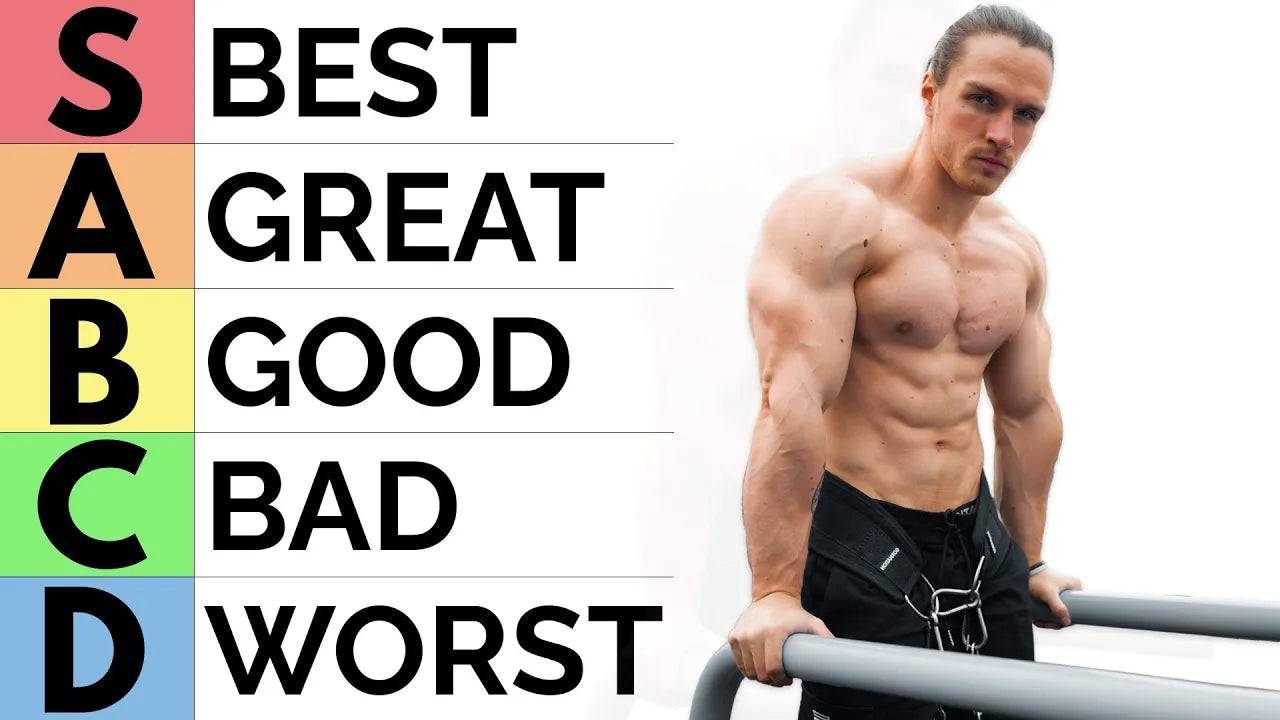
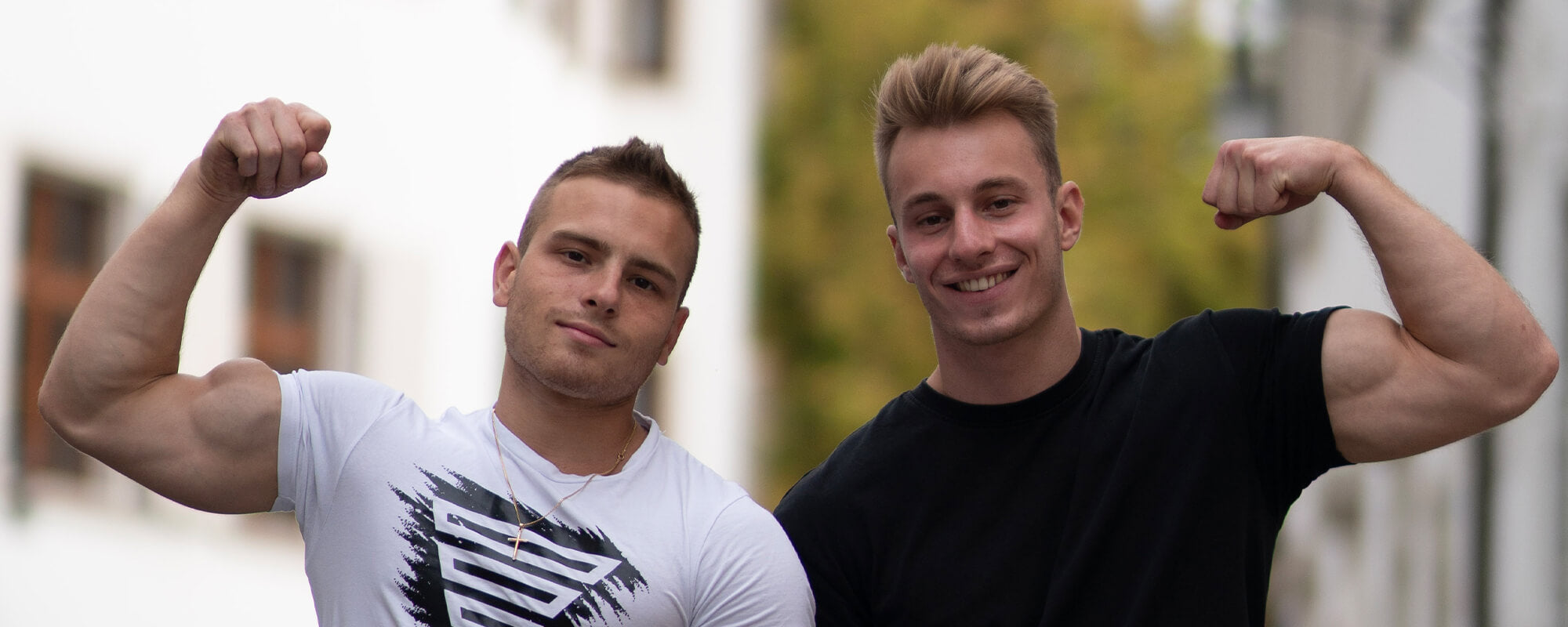
Create your own Workout Plan
Would you like to create your own workout plan?
Make sure to check out our blog article where we describe all the important steps to create your own workout program.
Helpful Equipment for your Calisthenics Workouts
1. Resistance Bands
are a great way to make calisthenics exercises easier or harder. They come in different sizes and resistance levels, so you can find the perfect band for your needs.
2. Weight Vest
is a great way to add extra weight to calisthenics exercises to make them more challenging. Weight vests come in different weights and sizes, so you can find one that fits you well. Look for an adjustable weight vest that you can flexibly adjust in weight in small 1kg increments to gauge your progress.
3. Dip Belt
is a great way to add extra weight to calisthenics exercises to make them more challenging. Dip belts attach weights like kettle bells or weight plates to your body with a chain or special rope to make exercises like pull-ups, dips or muscle ups harder.
4. Workout Rings
are a great way to give calisthenics exercises an extra challenge. The rings can be used for a variety of exercises such as pull-ups, dips, muscle ups, rowing and more. Look for wooden gymnastics rings for optimal grip and best control during workouts; plastic rings, on the other hand, are more suitable if you want the rings to hang outside all the time and be weather resistant.
5. Parallettes
are two bars that are placed on the ground parallel to each other. They are a great tool for a variety of calisthenics exercises such as push-ups, handstands, L-sits and more. Look for parallettes with wooden handles for a controlled grip in push-ups and handstands. Metal feet provide durability and stability.
6. Chalk
which you probably already know from gymnastics, helps against sweaty hands and a better grip on pull-up bars, rings and more. Chalk comes in liquid form (Liquid Chalk) and powder form (Powder Chalk), either as powder or a compressed block (Block Chalk).
Summary
If you want to get started with calisthenics, now is the perfect time! This article describes everything you need to know about this popular training method. Also, we've put together a simple workout program that will help you get results fast. And finally, don't forget to get yourself some quality calisthenics equipment before you start your journey. With the right equipment, you can conquer anything!
 | 5.000+ Reviews
| 5.000+ Reviews
 Free EU Shipping above 100€*
Free EU Shipping above 100€*
 300.000+ Customers Worldwide
300.000+ Customers Worldwide

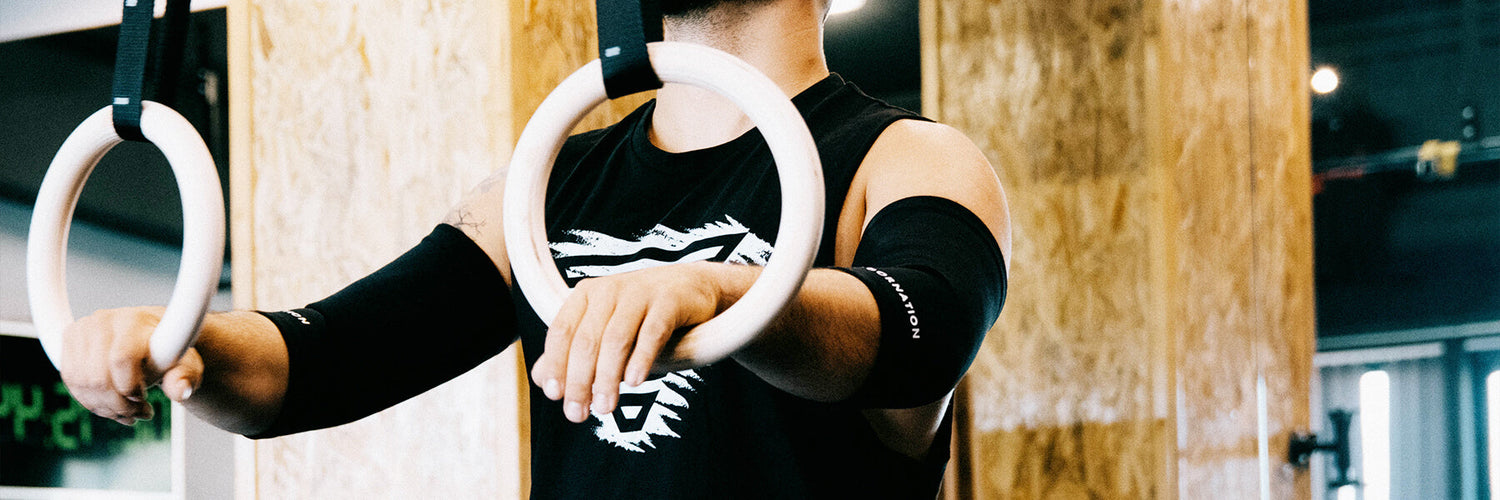
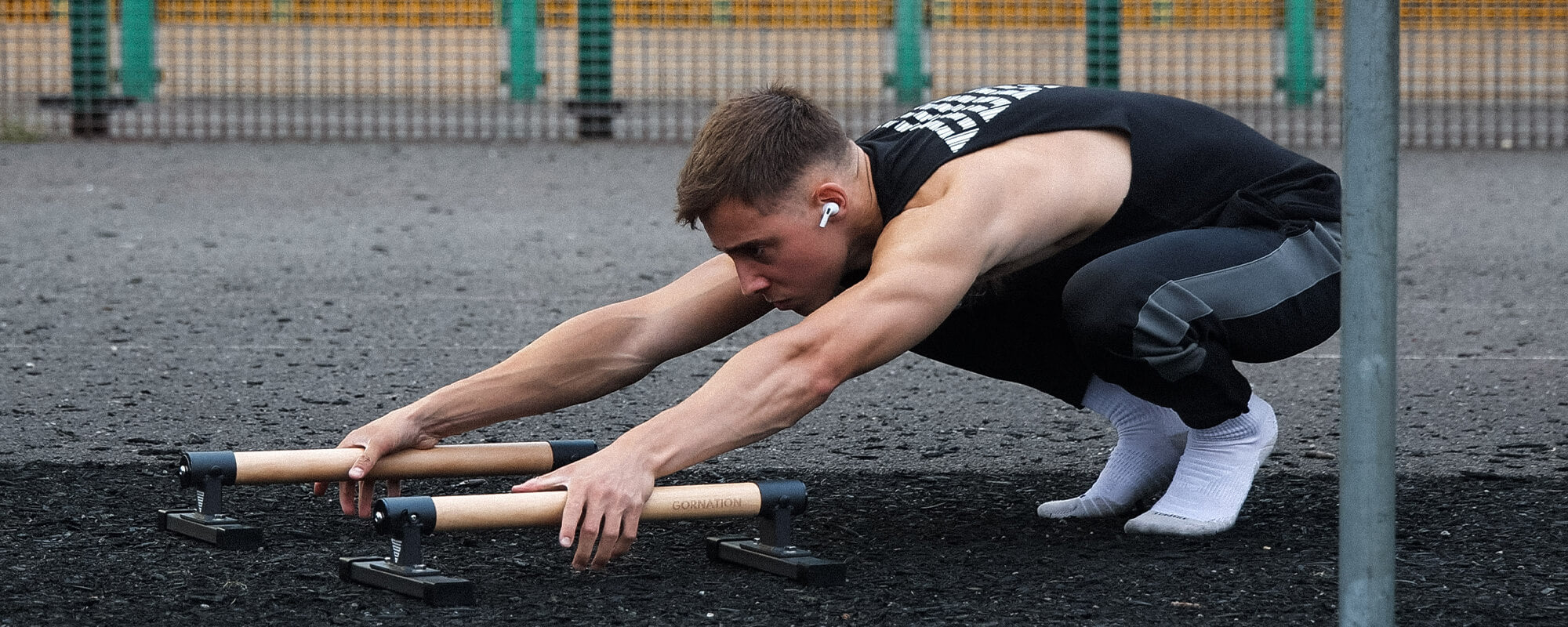
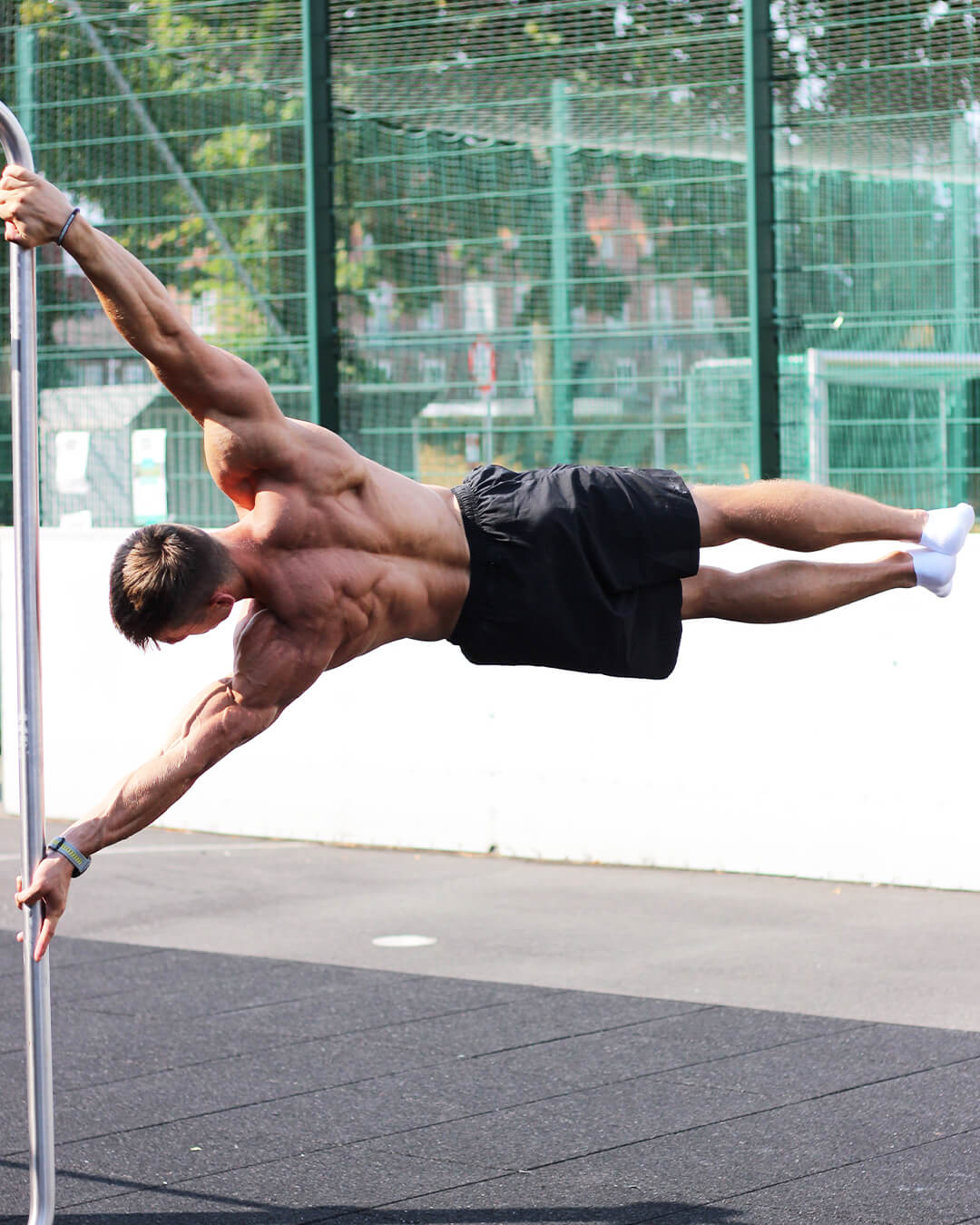



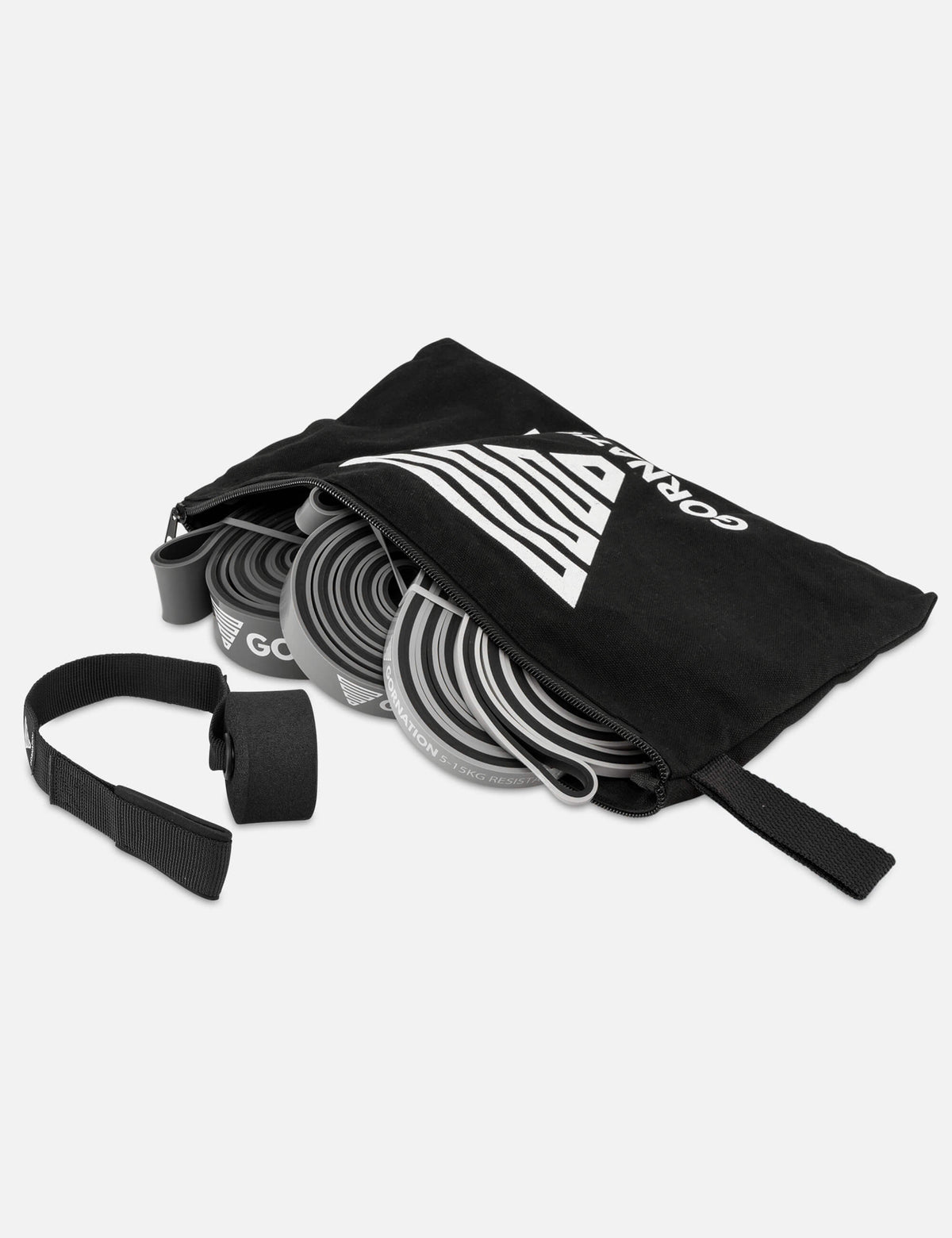

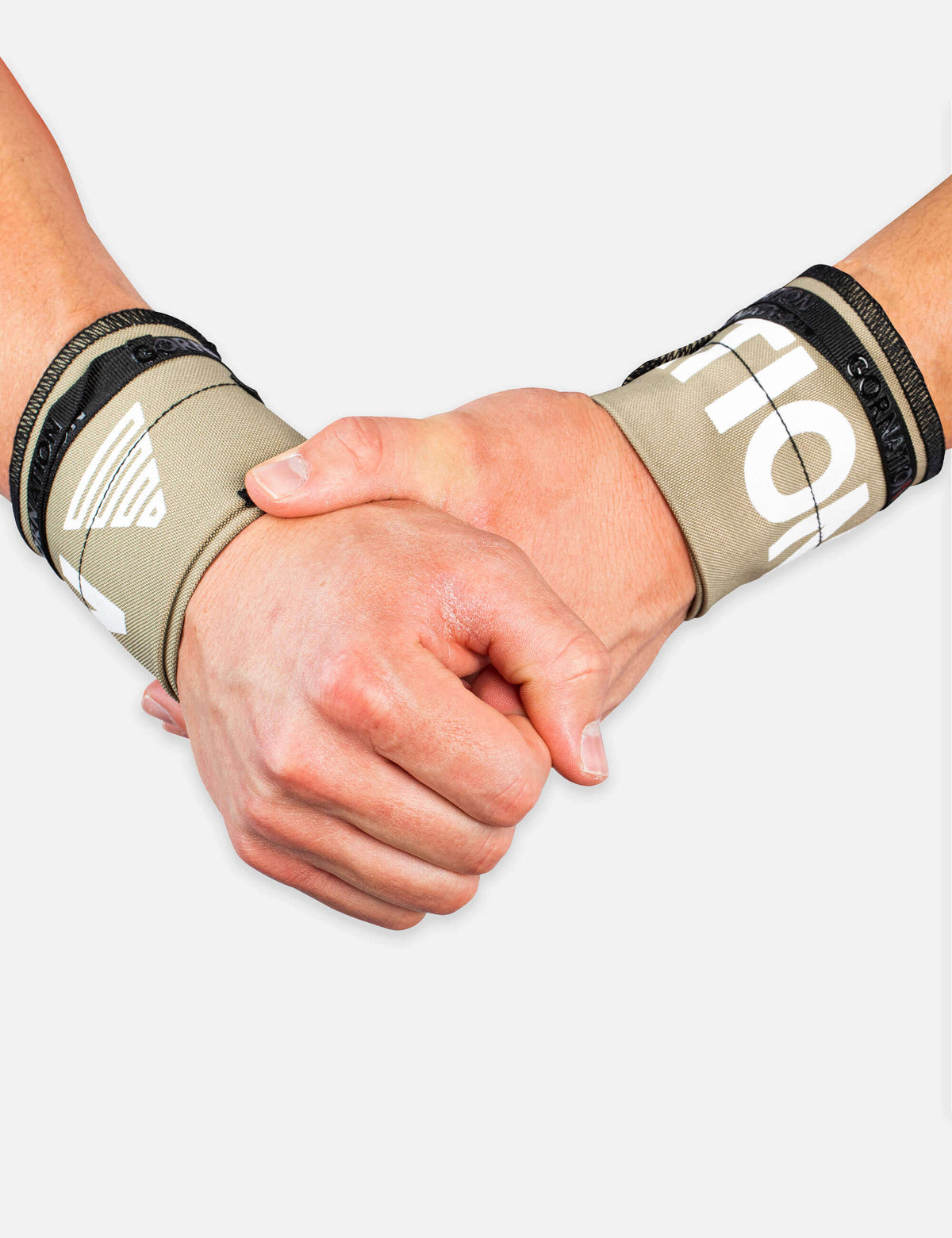
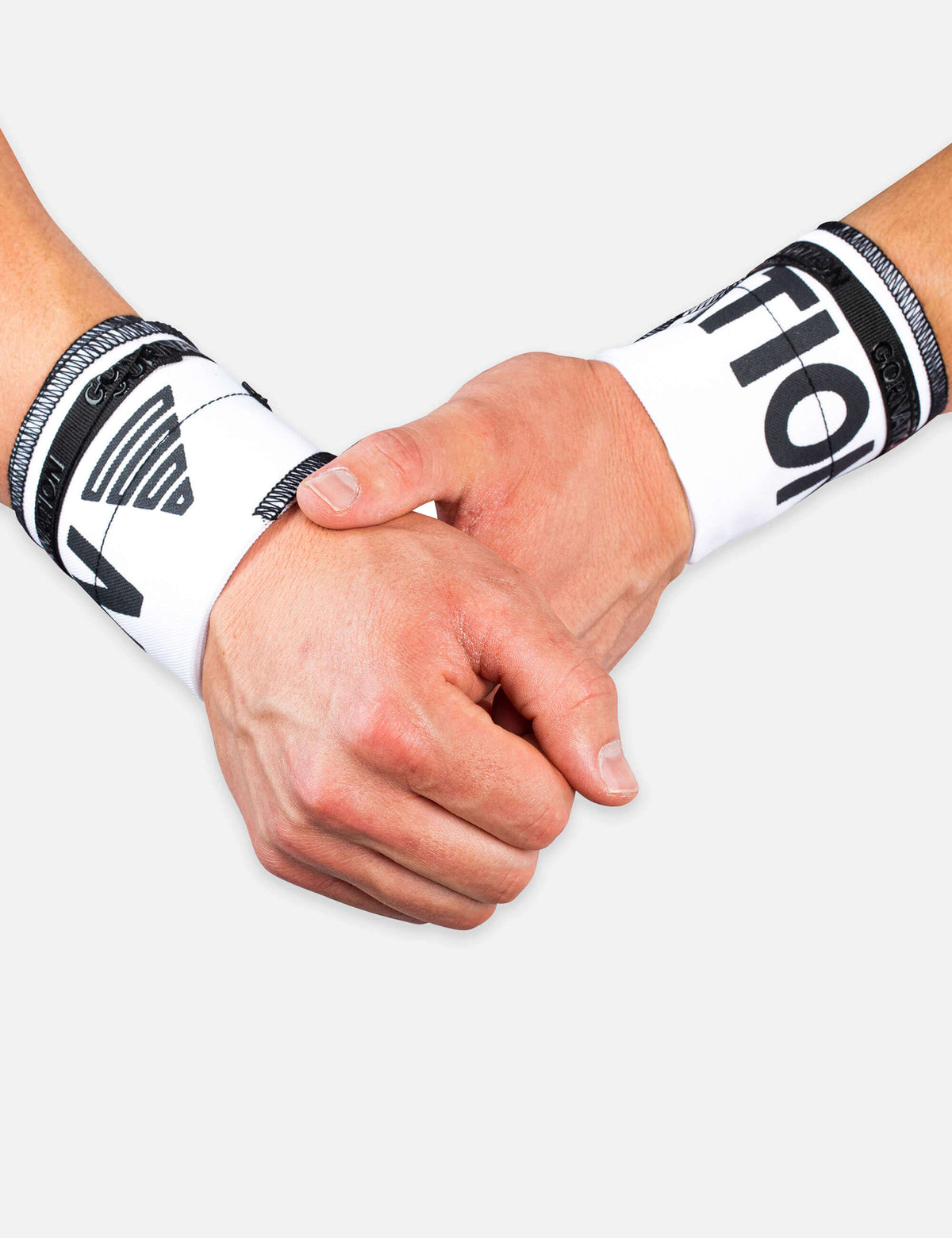


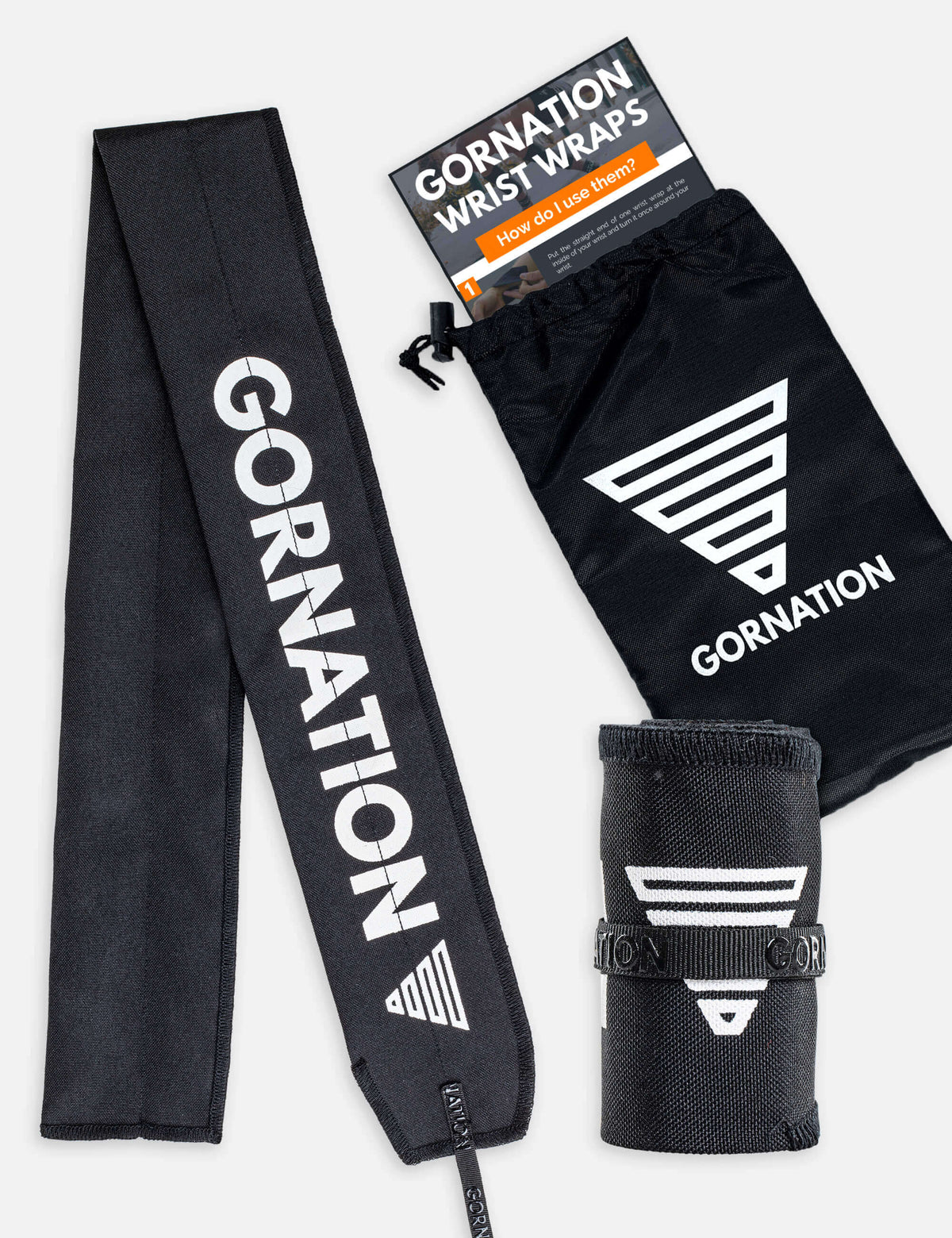

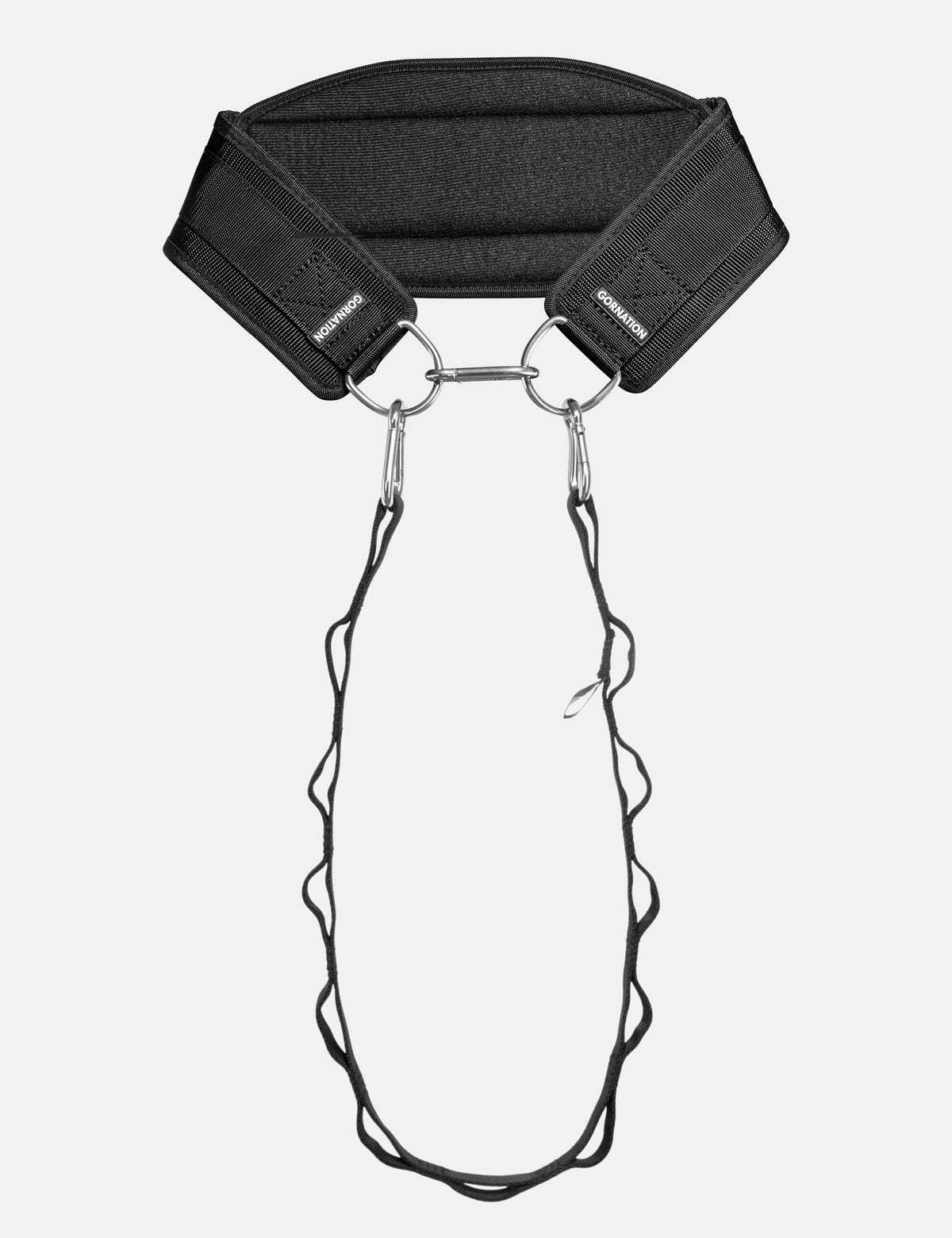
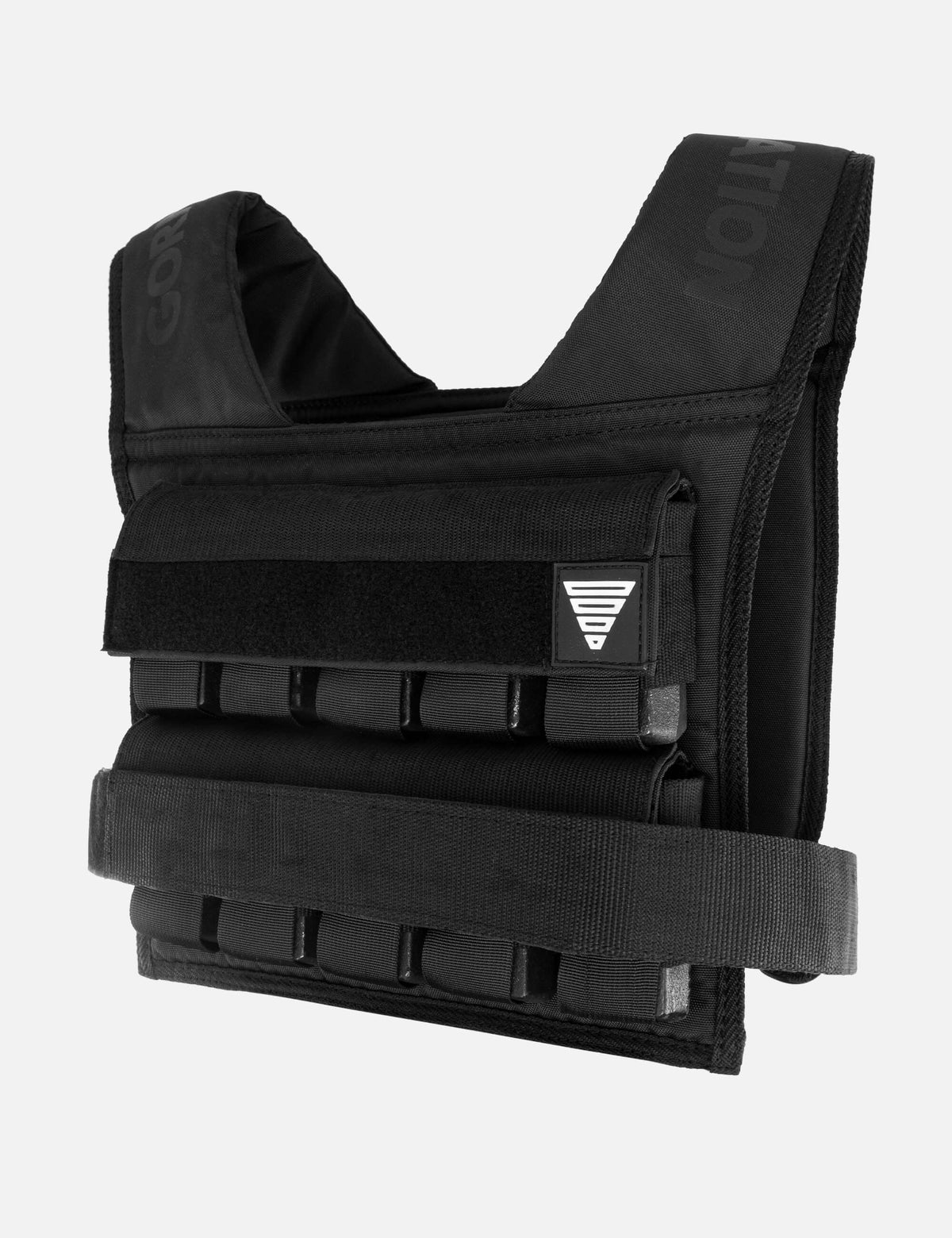

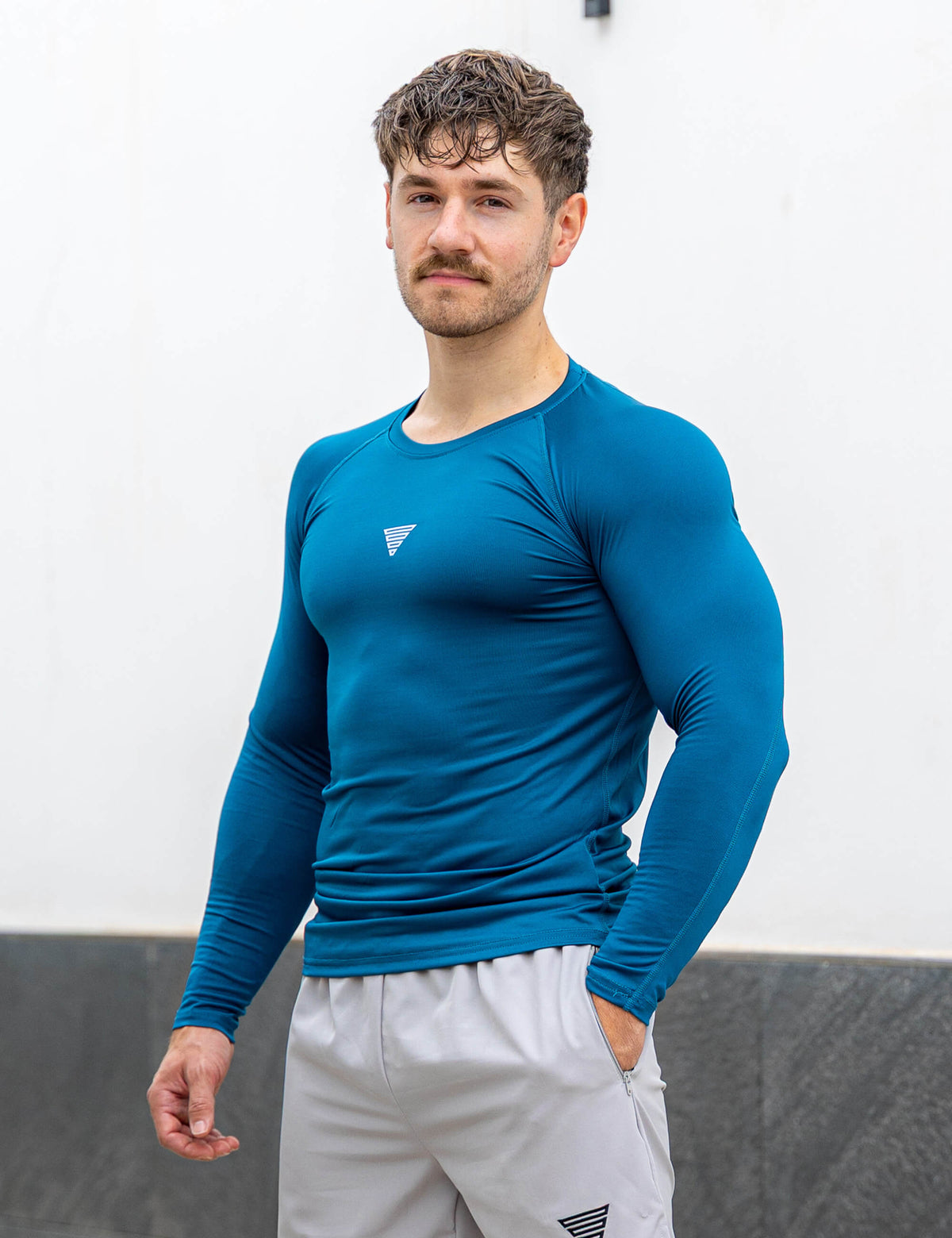




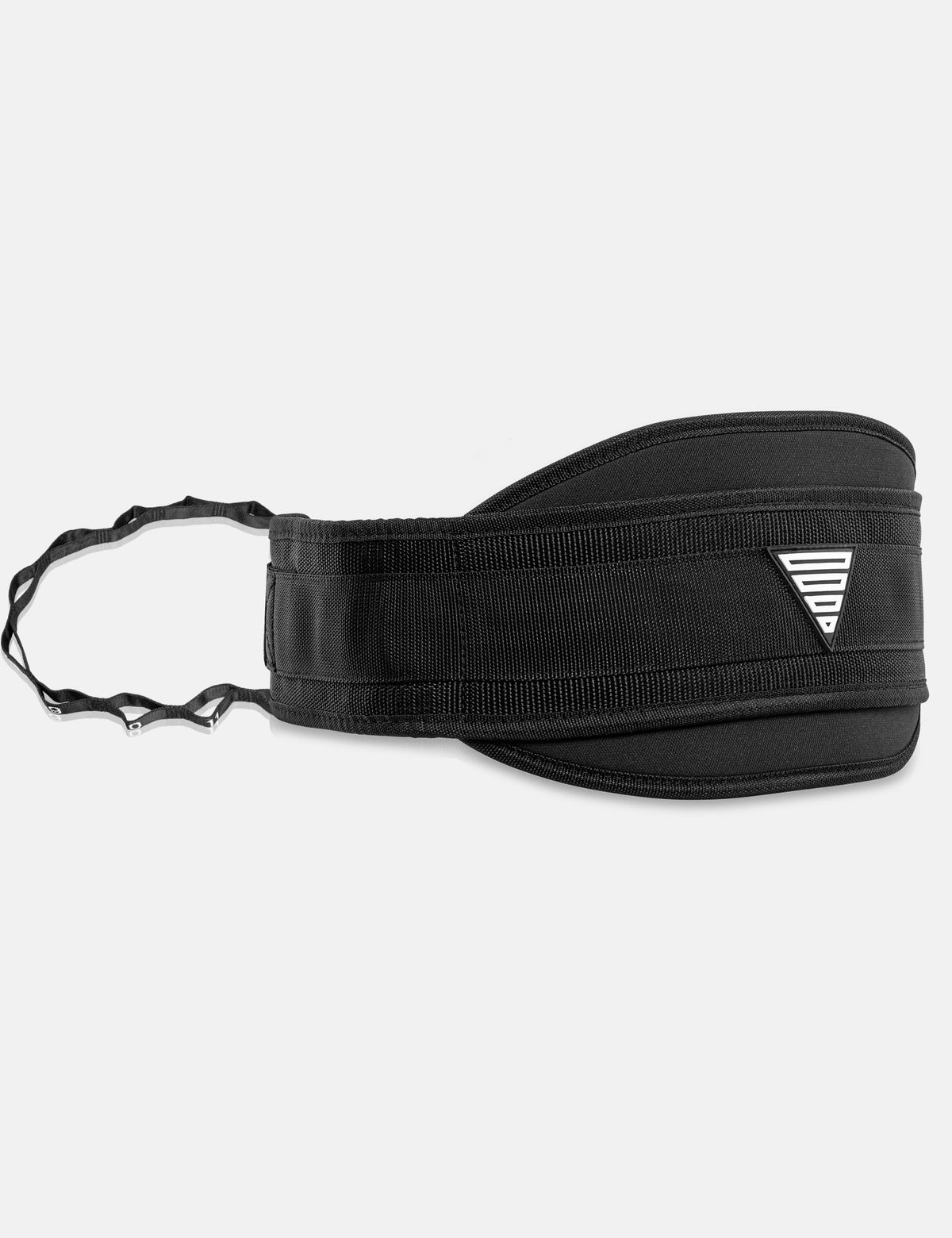
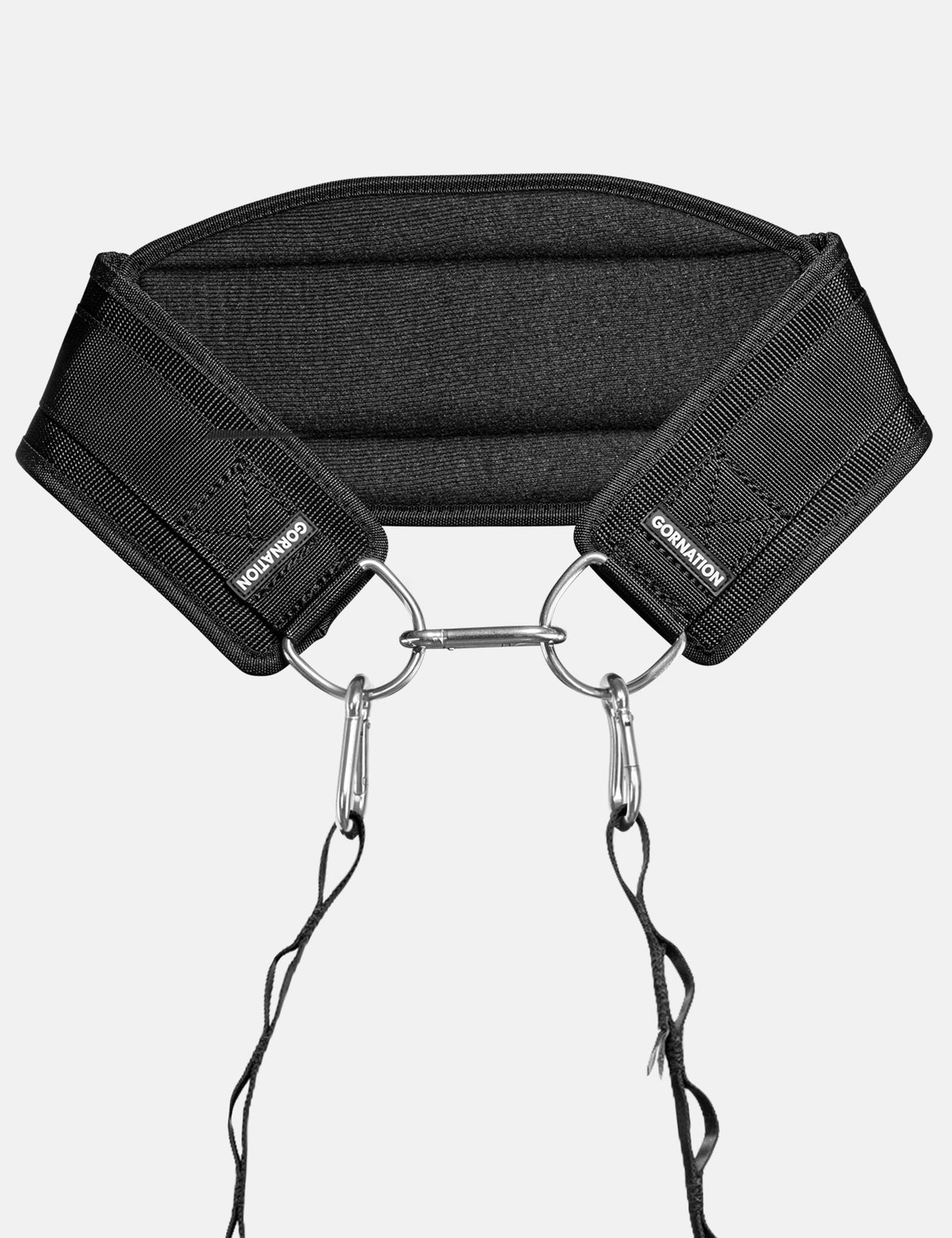
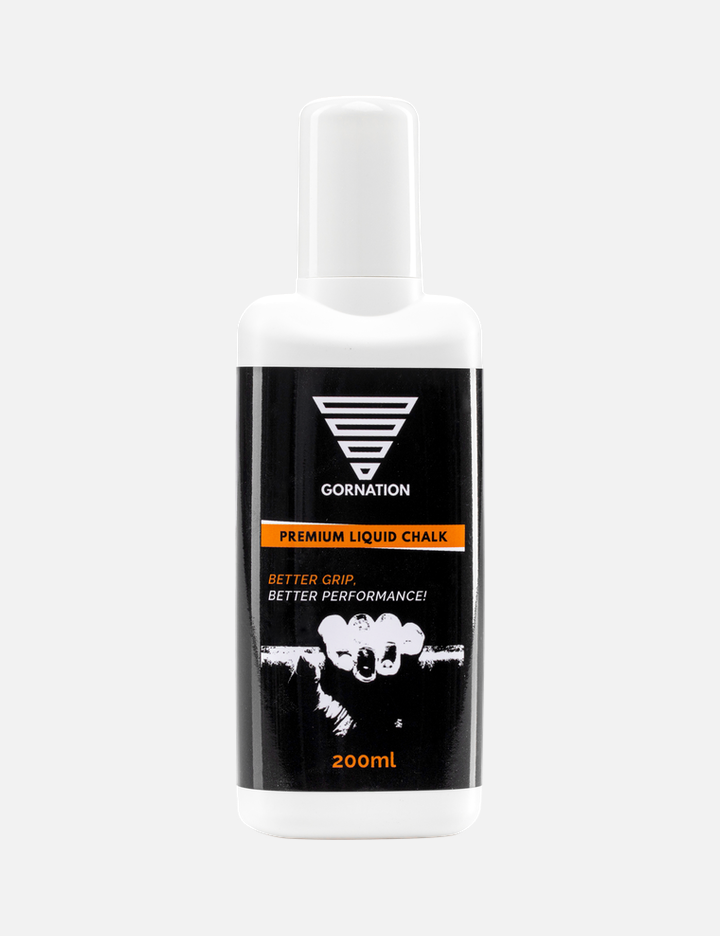
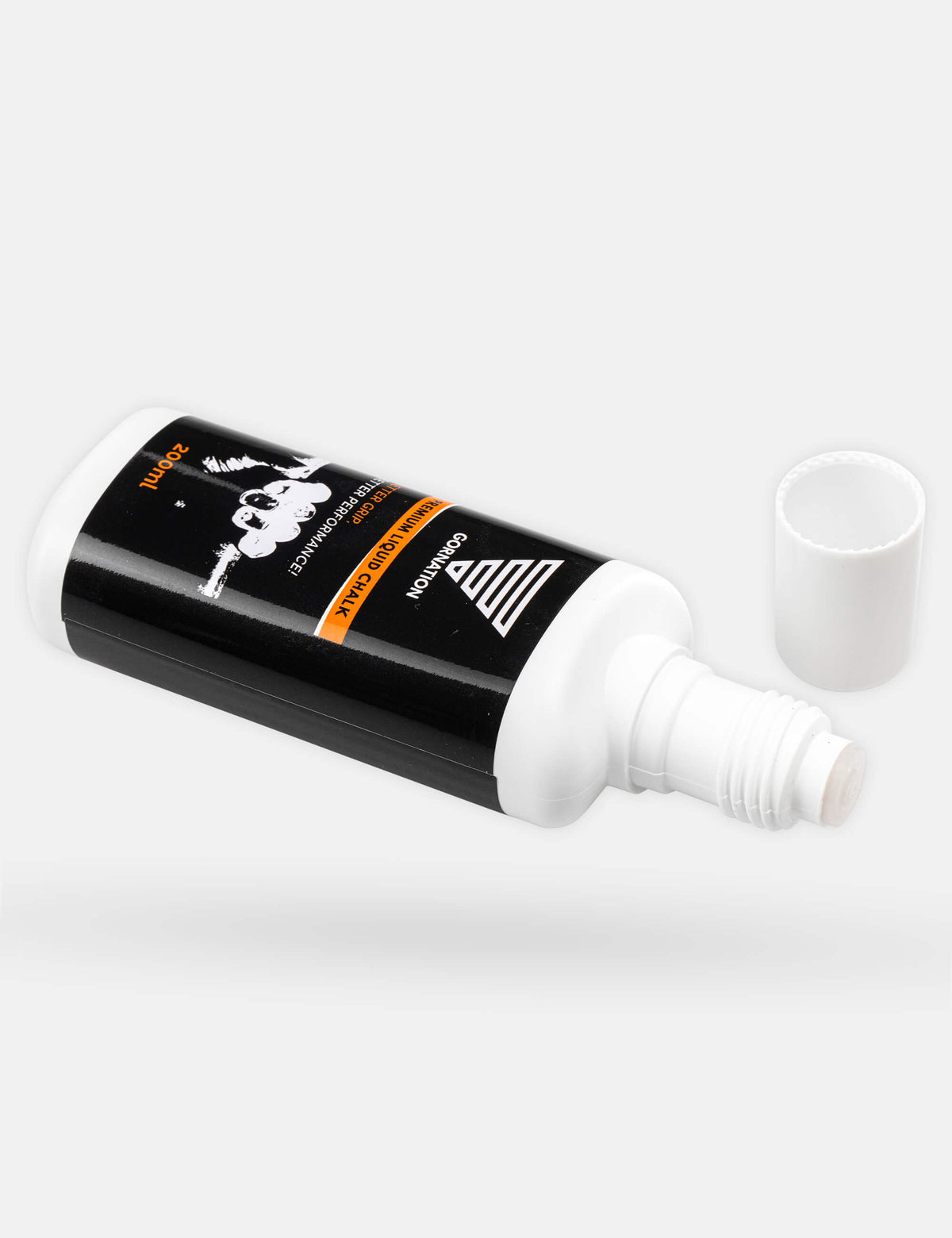
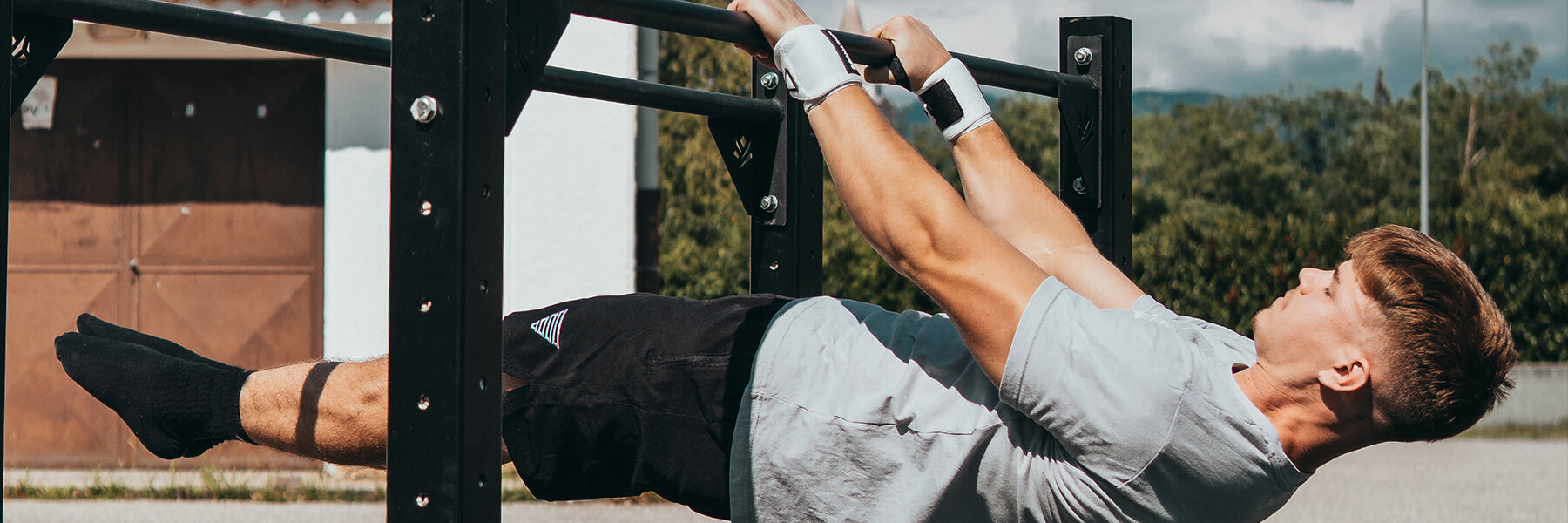

2 comments
Onwe Prince-Miracle Ebube
Thank you very much for these. There where really helpful. I am grateful. Am actually a huge fan of calisthenics and would love to become better and grow in it, explore even in knowledge in calisthenics and calisthenics in a whole: in aesthetic, isometric, bodybuilding….and more, if there is more.
Thanks again 😊
Thank you very much for these. There where really helpful. I am grateful. Am actually a huge fan of calisthenics and would love to become better and grow in it, explore even in knowledge in calisthenics and calisthenics in a whole: in aesthetic, isometric, bodybuilding….and more, if there is more.
Thanks again 😊
Sachin mandaiya
Brother me learn to clisthanics
Brother me learn to clisthanics